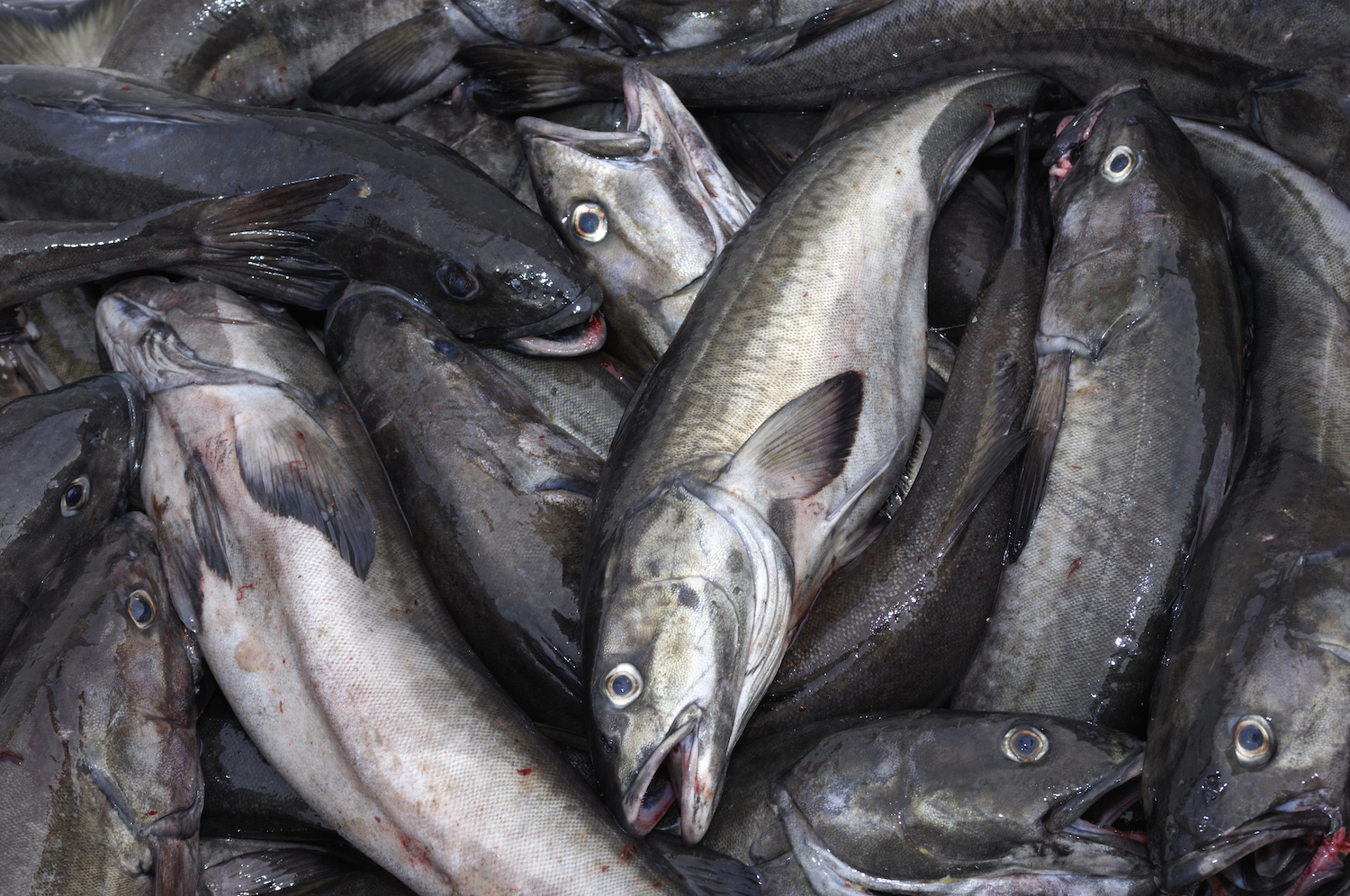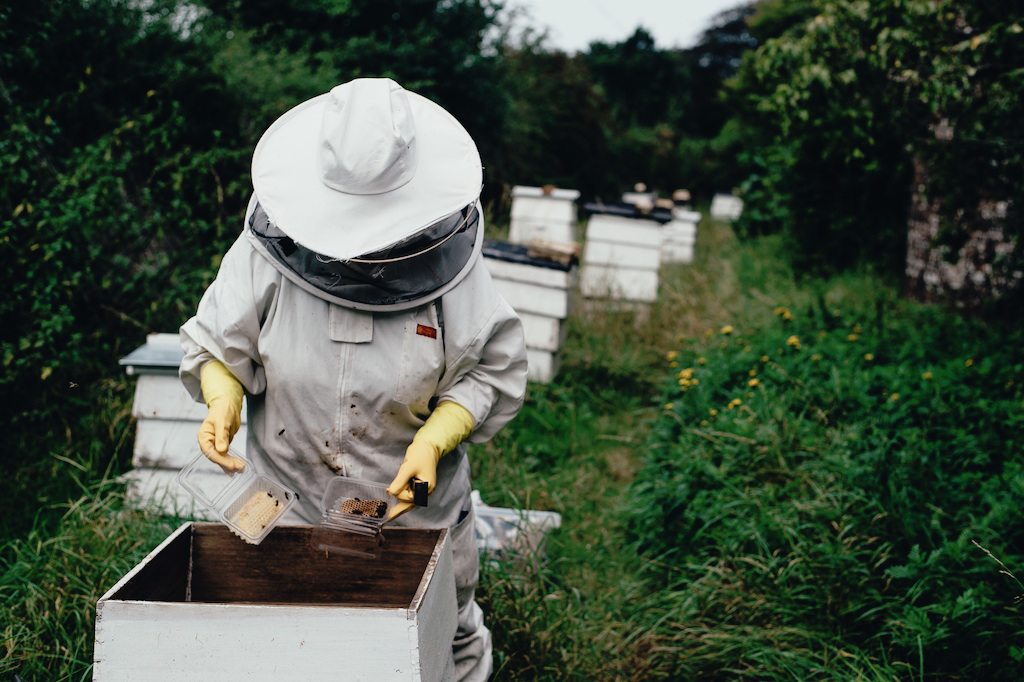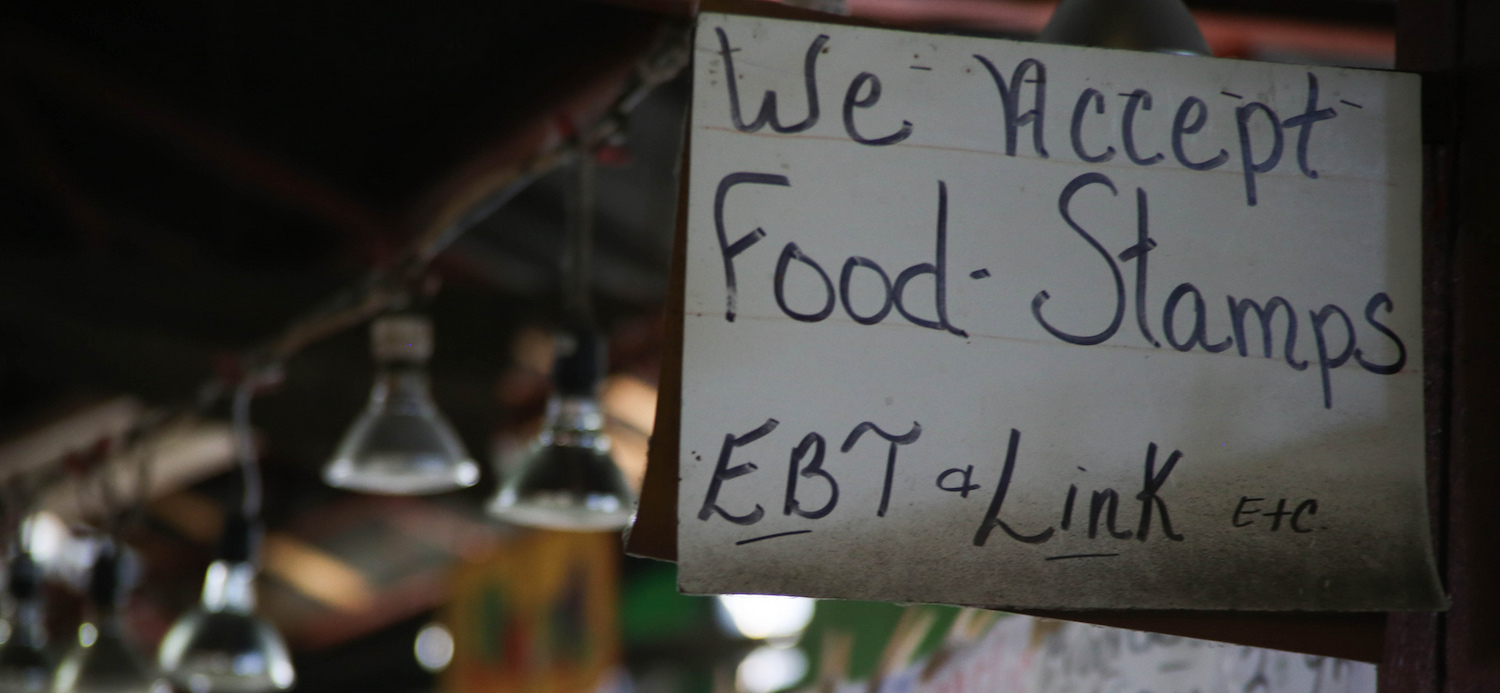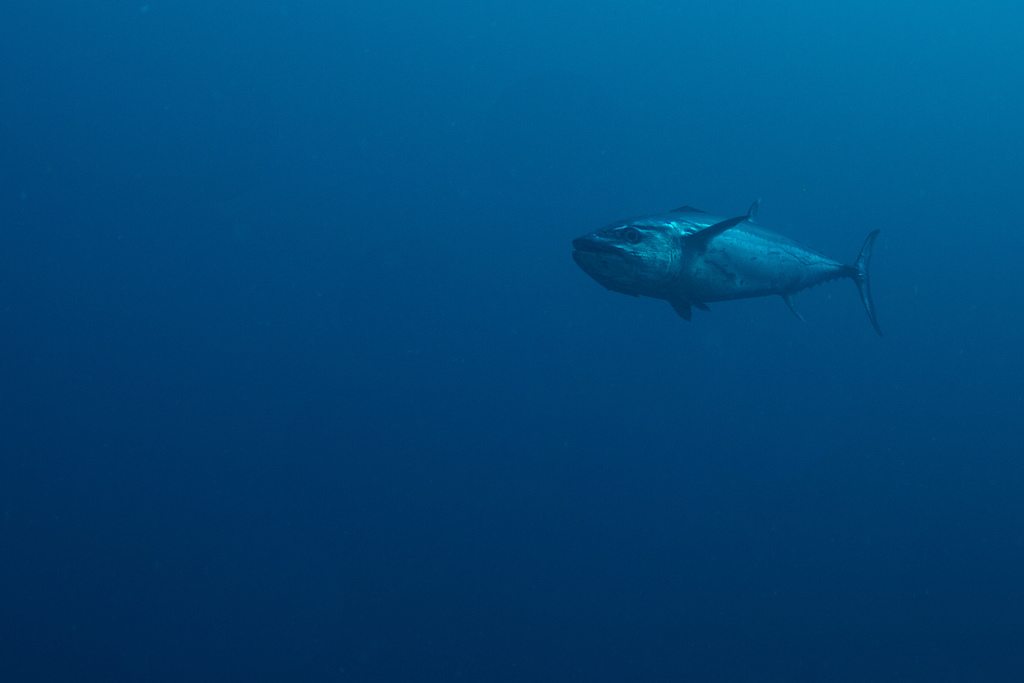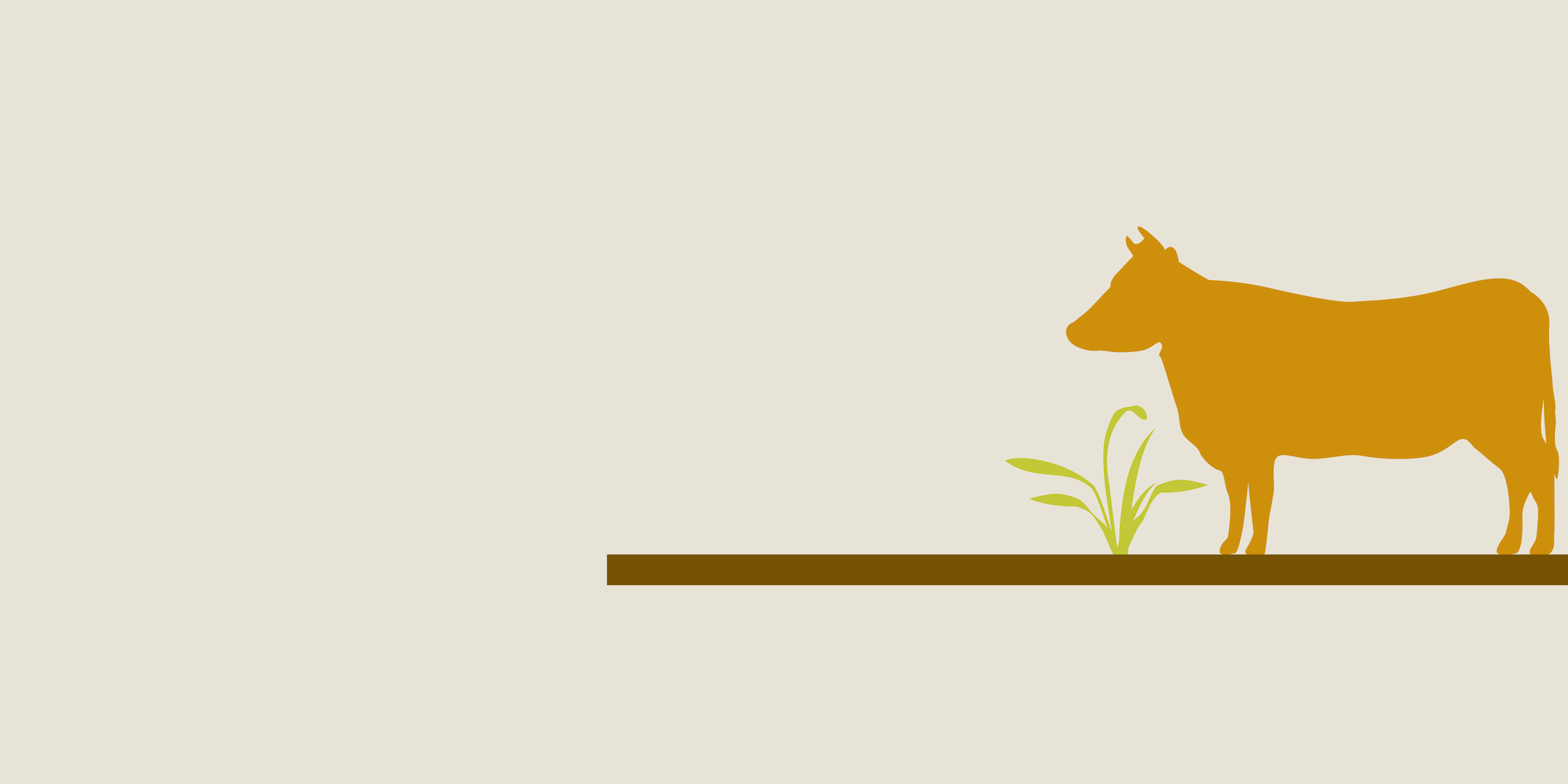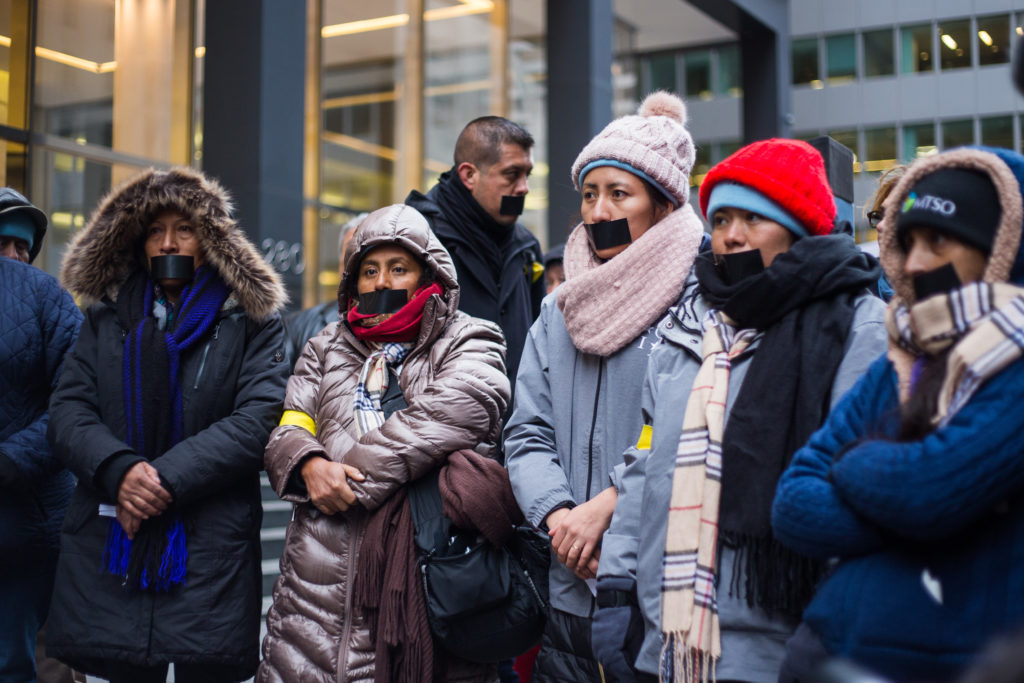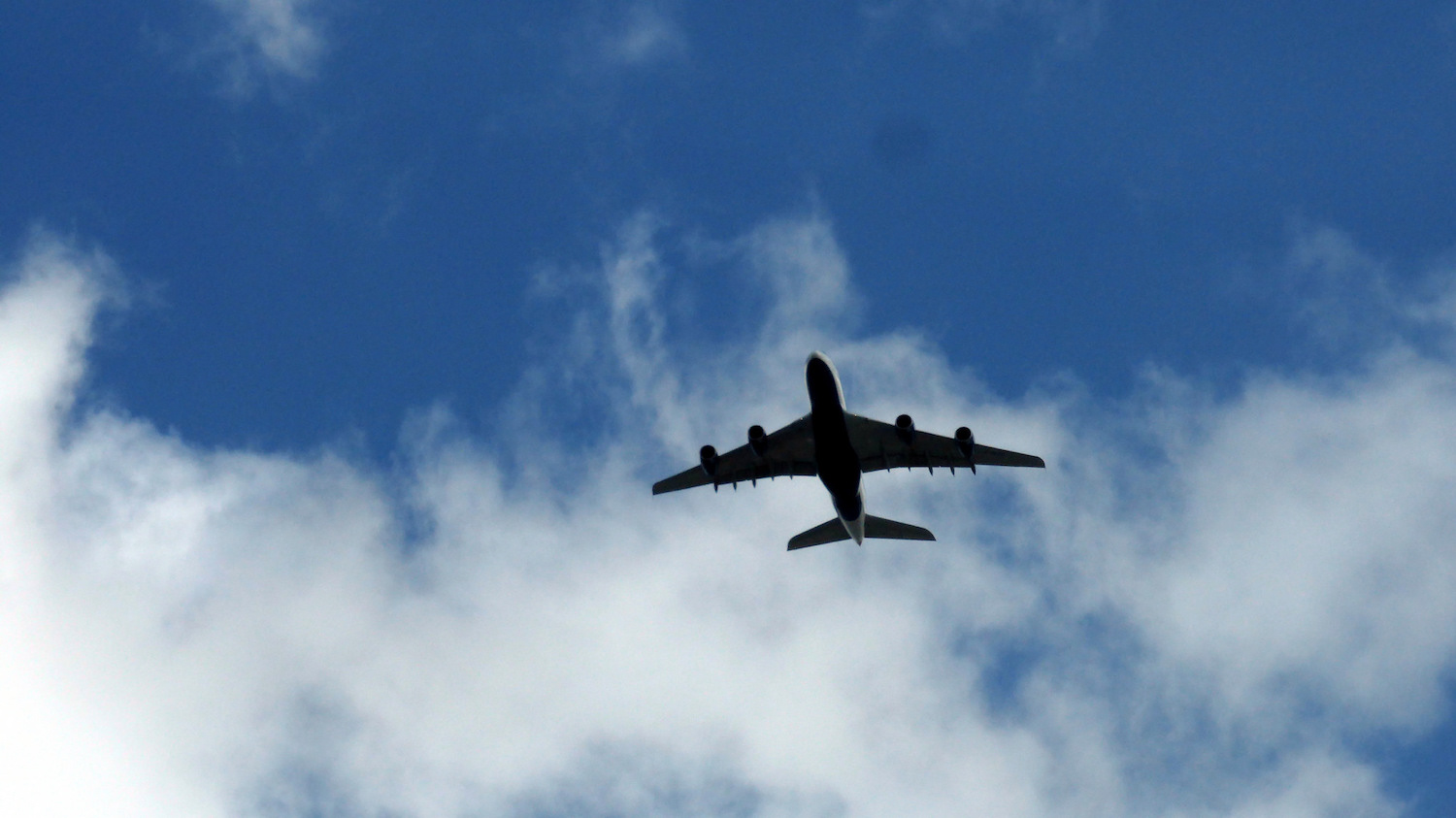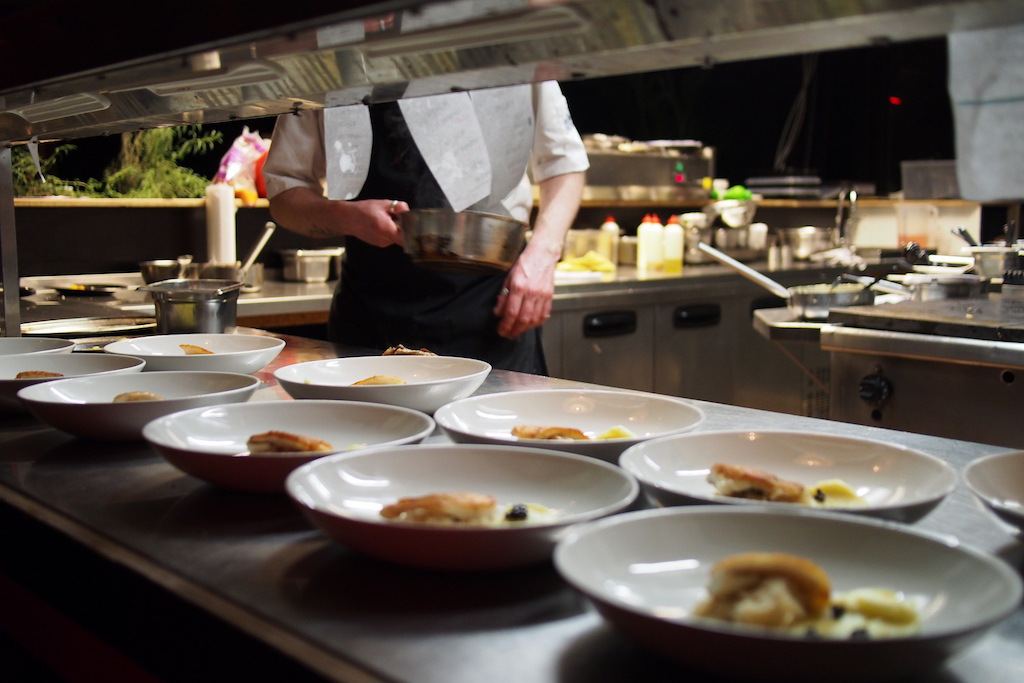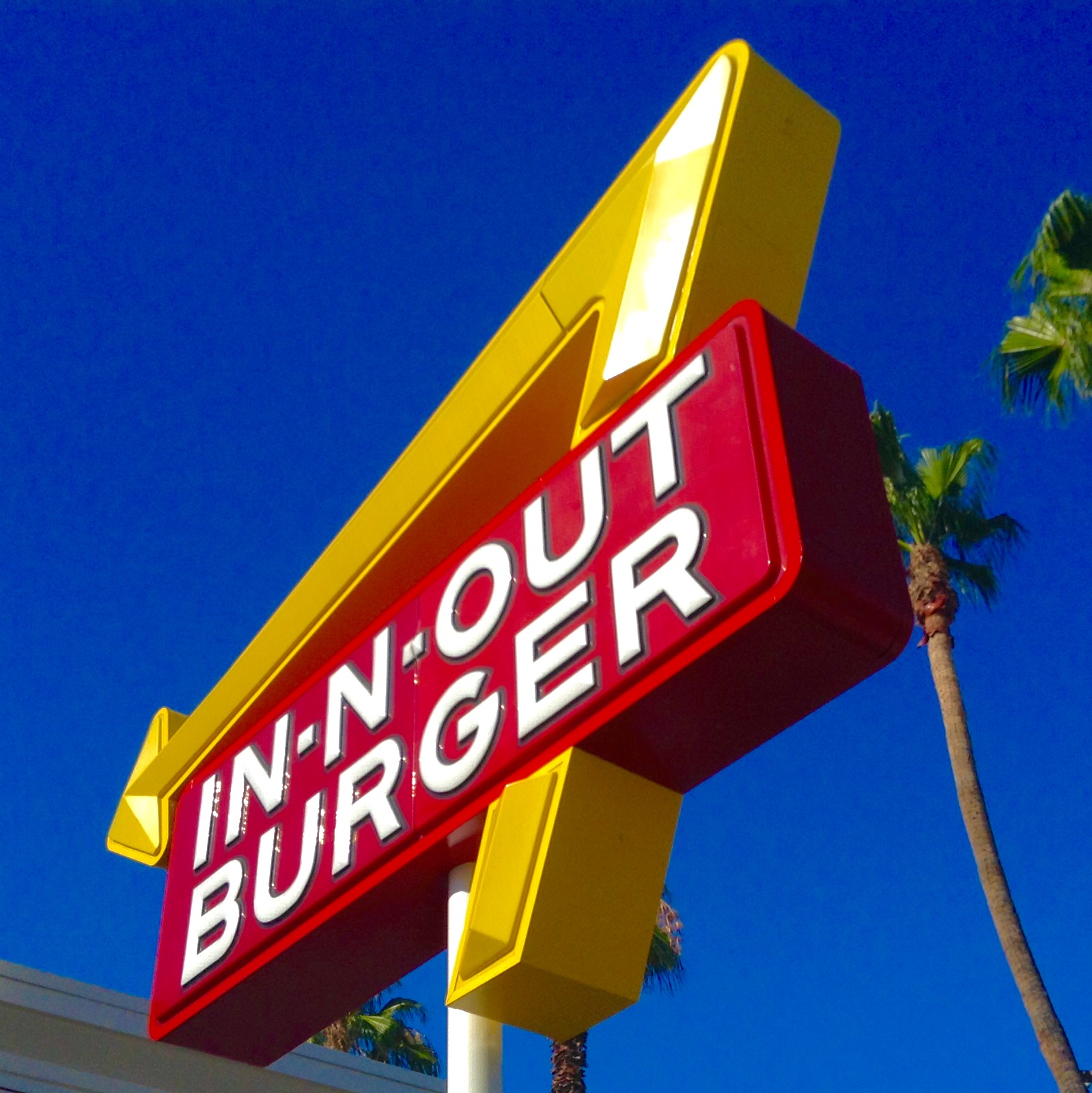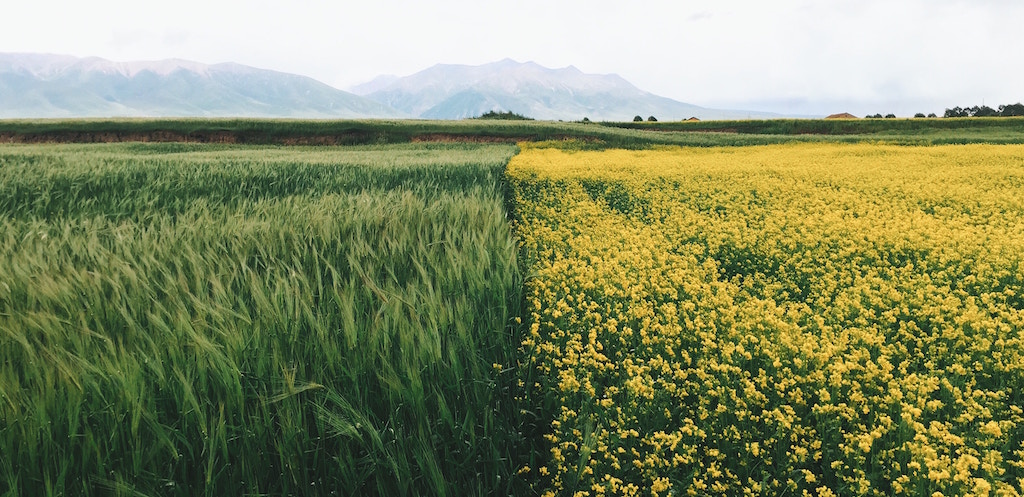The time has come to announce the death and mourn the loss of sustainable seafood.
After decades of flourishing as the North Star for fisheries managers, activist consumers, and, even corporate America, sustainable seafood fell victim to climate change in the Gulf of Alaska. There, on December 6, in one of the best-managed fishing grounds the world has ever known, biologists declared that there weren’t enough Pacific cod to sustain a fishery. The water had simply become too warm for cod to reproduce.
The closing of that fishery, no matter how long it lasts, should end all doubt that sustainable wild harvested fisheries are environmental fictions that no longer serve utility in the era of climate catastrophe. (This op-ed, and its claims, focuses strictly on wild-harvested fisheries. It make no claims about aquaculture or farmed fish, which, too, will face new realities with climate change, only different ones that are beyond the scope of this op-ed.)
If ever there was a place where good management and human ingenuity should have sustained a wild harvest, it was in the Gulf of Alaska, where state and federal agencies annually spend millions of dollars on research and management. From here forward, the longer we perpetuate the myth of sustainability in fisheries, the more lasting damage we will do to fish populations, fishermen, and, ultimately, the eaters who want to consume fish.
To explain why this is so, we need to travel back to the birth of sustainable seafood, which, we too, can trace back to a single, momentous day: July 2, 1992.
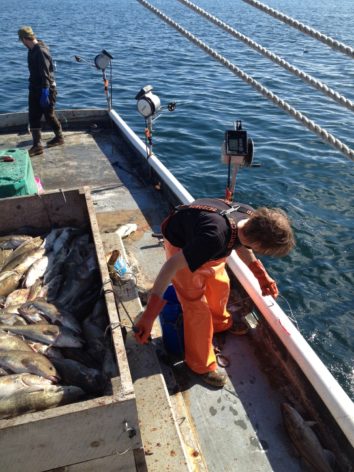
Ryan Horwath
The Grand Banks provided cod for the world’s eaters for at least half a millennium
On that day, thousands of miles east of the Gulf of Alaska, the Canadian government closed the Grand Banks in the North Atlantic to cod fishing. The shock to the globe’s markets and to local and international fishermen was palpable: the Grand Banks had provided cod for the world’s eaters for at least half a millennium, and jobs for much of the East Coast of Canada for nearly as long as that. In a day, they were gone.
In that case, the culprit was overfishing, not climate.
Before the closure, Canadian fisheries managers had attempted for decades to reign in overexploitation. They fashioned new forms of international environmental cooperation, built cutting-edge models for catch rates, and extended Canadian management jurisdiction out 200 miles to cover most of the famed Banks. These innovations are now pillars of modern sustainable fisheries management, but they failed to stop the cod’s collapse at the hands of advancements in maritime technologies—new diesel engines, at-sea freezing, and advances in underwater mapping, among them—that had been forged during World War II to inflict mass casualties on enemies other than fish.
But then something remarkable happened: Humans learned a few lessons.
In the next decade, sustainable seafood took its modern form, emerging as a movement of consumers, fishermen, governments, corporations, and NGOs—a maritime analogue to the terrestrially-focused local food movement. These actors sought to rectify the mistakes of the past by ending overfishing and protecting the integrity of ecosystems, all while ensuring consumers would have fish to eat in the future.
The Sustainable Fisheries Act closed loopholes that allowed fish to be harvested at unsustainable levels.
Of course, we shouldn’t romanticize this movement. Critics have rightly pointed out its glaring drawbacks, especially its advancement of neoliberal economic policies that have overwhelmingly benefited multinational corporations while dispossessing many of the globe’s fishermen of their historic rights. Nonetheless, the changes wrought by the movement profoundly altered the American culinary and ecological landscape.
Here’s just a few:
Nearly every modern ecolabel and sustainability certification program emerged in the immediate aftermath of the collapse. Terms like Best Choice, Good Alternative, and Avoid became commonplace language for grocery shoppers, thanks to the popularity of the Monterey Bay Aquarium’s Seafood Watch program.
More, the Marine Stewardship Council, launched in 1997, linked consumer behavior to fisheries stewardship through a new sustainability certification process that most consumers and corporations now expect to see before they purchase seafood. Many of the largest companies in the world, including Walmart and McDonald’s, demanded the certification for its products.
Beyond that, local fishermen organized to protect themselves from destructive forces associated with industrial fisheries that were encroaching on their fishing grounds. They formed global alliances like the World Forum of Fisher Peoples, and built local community-supported fisheries to build value-added markets for their harvests.
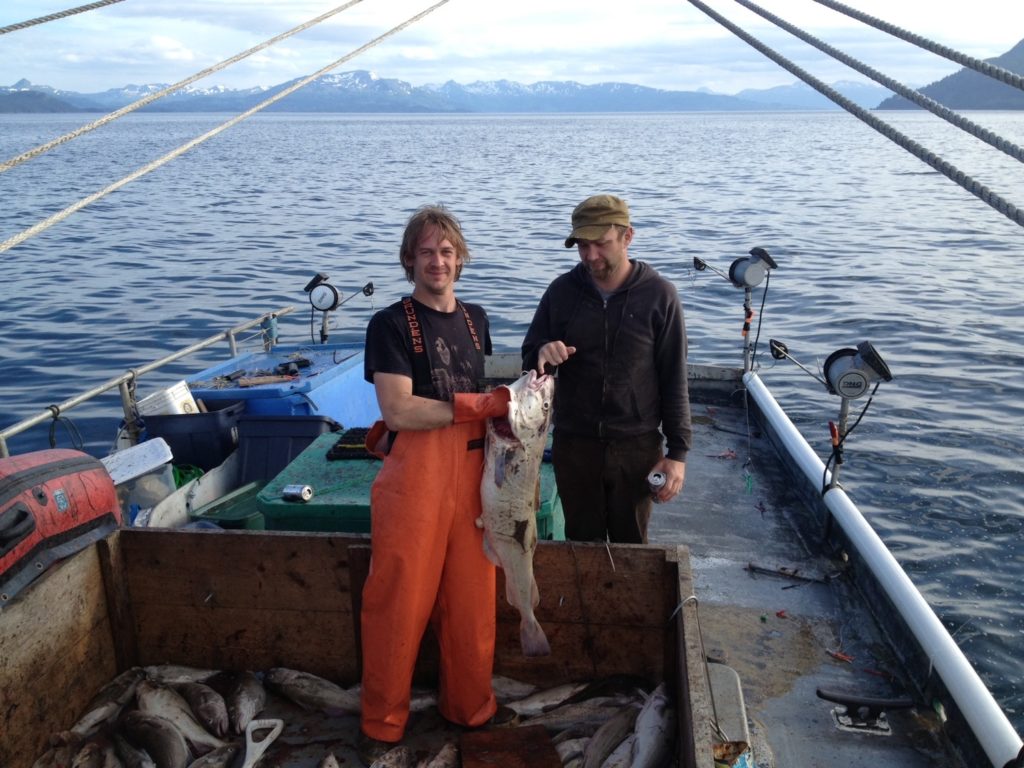
Sustainable seafood’s baseline scientific assumptions are unraveling at an alarming speed
Ryan Horwath
But the most significant change occurred in 1996, when Congress passed the Sustainable Fisheries Act, a landmark piece of legislation that acted as the scientific and policy-based undergirding of the sustainable seafood movement. Among other changes, the SFA closed loopholes that allowed fish to be harvested at unsustainable levels, while mandating that fisheries managers have plans to rebuild all depleted domestic fish stocks within 10 years. Success was more mixed than hoped, but it’s undeniable that fish like Atlantic halibut and Pacific rockfish have staged remarkable comebacks under this law. With an overriding emphasis on resource conservation, the SFA represented the boldest shift in domestic food policy since the New Deal. It was the type of large-scale progressive policy victory that has largely eluded land-based local food activists.
The lessons learned on the Grand Banks yielded the type of food system change that even the most furrow-browed cynics among us should applaud. And yet, as a movement and an idea, sustainable seafood is moored in time, a product of a particular cultural, economic, and ecological moment. Fisheries scientists and policy-makers have known for at least the last decade that our changing climate would likely untie it from its temporal anchor, sending it off into uncharted seas. The hope among them was that the change in our oceans, and, with them, our seafood system, would happen gradually, and not with the type of power of a rogue wave crashing over the bow.
The latter now appears to be true.
As ocean conditions change radically before our eyes, sustainable seafood’s baseline scientific assumptions are unraveling at a speed that makes the rise of the maritime technology that annihilated fish in the postwar era appear glacial. Models for ocean productivity, surface sea temperature, and fish distribution and recruitment that powered the predictive analyses that made sustainable management possible are increasingly susceptible to significant flaws, if not downright failure. In this world, managing fisheries for long-term sustainable yield or for some minimum biomass threshold is increasingly impossible. The closure of the Federal Gulf of Alaska Pacific cod fishery is case in point.
Unlike larger industrial operations, small-scale family fishers won’t be able to deploy capital-intensive solutions to new risks associated with fishing.
For seafood-loving consumers, the realities of climate change are just as stark as those that face scientists and managers. At best, continuing to mobilize around the idea of sustainable seafood wrongly assumes that eaters, even those with the best intentions, should expect that the choices they make today will somehow perpetuate the species they currently love to eat. At worst, the continued belief in sustainable seafood only undermines progress that could be made once we face the fact that in the coming years there will be unexpected population irruptions and crashes, dispossession and displacement of family fishermen, and an inevitable transformation of coastal communities, all because of the seafood industry’s inability to build resilient and durable marketplaces for an increasingly unknowable harvest.
Does that mean we shouldn’t eat wild-caught seafood? Or, should we shift to a diet that consists solely of farmed fish? Or should we eschew consuming fish altogether?
The answer to all of these questions is an emphatic no.
There are dozens of reasons for this, but the most compelling are the small-scale family fishermen living in traditional American fishing communities. They will be the ones most affected by climate change. They will feel the ocean’s new fury and instability most profoundly. Unlike larger industrial operations, they won’t be able to follow the fish to distant places where the fish will inevitably migrate; nor will they be able to deploy the capital-intensive solutions to mitigate the new risks associated with fishing. They’re the ones who, even in good years, already live on the edge, pushed to the margins by industrial fisheries and the domestic consumer’s desire for cheap fish.
To birth a new seafood system will require a paradigm shift for all actors in the seafood supply chain. And while the answers to many of the most pressing questions aren’t yet apparent, until then, those of us involved in the seafood system—from fishers and eaters to bureaucrats and scientists—must regroup, rethink, and reframe our priorities and values in the era of climate change. The movement must find a new ideas to support a vision for the future of seafood.
Sustainability should not be one of them.
